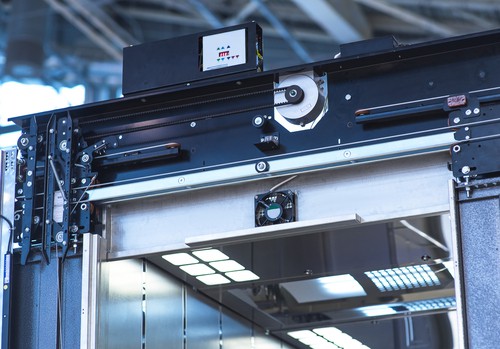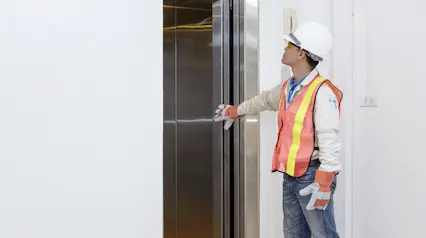Essential Overview to Understanding Impaired System Lifts and Their Performance
Comprehending the ins and outs of impaired system raises goes past mere recognition; it calls for a detailed grasp of their capability and design. From the numerous kinds offered to the essential parts that make them operational, each facet contributes to the smooth procedure of these necessary access tools. The rigorous safety policies and maintenance considerations connected with platform lifts are vital in guaranteeing their dependability and long life. By exploring these facets thoroughly, one can obtain a profound understanding of just how these lifts not only boost accessibility however additionally focus on user security and ease.
Sorts Of Handicapped System Lifts
There are a number of kinds of handicapped system raises created to supply ease of access for individuals with movement obstacles. Vertical system lifts are a prominent choice as they move directly up and down, making them ideal for shorter distances and where space is limited. These lifts are often installed in homes, schools, and industrial buildings to help wheelchair individuals in navigating different levels. Inclined system lifts, on the other hand, appropriate for places where an upright lift might not be viable as a result of architectural restraints. These lifts follow the slope of staircases, offering a smooth and secure experience for people with movement problems.
One more type of impaired system lift is the portable lift, which offers flexibility and convenience. Each type of handicapped system lift serves a distinct objective in enhancing access and boosting the high quality of life for people with mobility obstacles.
Secret Components and Devices
Handicapped system lifts, such as vertical and likely lifts, rely upon certain key components and devices to ensure smooth and safe transport for individuals with wheelchair challenges. One crucial component of these lifts is the platform itself, which functions as the foundation for delivering people - disabled platform lift. The system is developed to be sturdy, spacious sufficient to accommodate wheelchairs or flexibility devices, and outfitted with security functions such as guardrails and non-slip surface areas to stop accidents during transportation

In addition, safety sensors and emergency quit switches are integrated into handicapped system lifts to improve user safety and prevent mishaps. These parts collaborate to create a reliable and efficient transport solution for individuals with mobility disabilities.
Installment and Maintenance Considerations

Regular maintenance is just as vital to keep handicapped system raises running efficiently. By focusing on correct installment and diligent upkeep techniques, the durability and performance of disabled system lifts can be optimized, profiting both customers and facility supervisors.
Safety Features and Rules
Ensuring compliance with security regulations is vital when reviewing the performance of security functions in handicapped Get More Information platform lifts. These lifts go through certain safety requirements to protect customers, making it essential for producers and drivers to stick to these policies. Safety functions typically located in disabled platform lifts include emergency situation quit switches, safety barriers, interlocks, and under-platform sensing units. Emergency quit switches permit instant halting of the lift in case of an emergency, while safety and security barriers avoid customers from inadvertently diminishing the system. Interlocks make sure that the lift doors are firmly closed before the this website lift operates, boosting individual security. Under-platform sensors detect obstructions below the lift, stopping it from descending if an item is in the way. In addition, regular maintenance and inspections are necessary to guarantee that safety and security functions are functioning appropriately and in conformity with laws. By prioritizing safety features and sticking to regulations, handicapped system lifts can offer risk-free and efficient transportation for people with specials needs.
Benefits of Utilizing System Lifts
Conformity with safety regulations and the application of necessary safety attributes in impaired platform lifts contribute to the overall advantages of utilizing these lifts for people with handicaps. Beyond safety and security, platform lifts supply a variety of benefits that enhance access and comfort. In general, the ease, independence, and inclusivity helped with by platform raises considerably improve the high quality of life for individuals with disabilities, making them a vital ease of access service.

Verdict
In conclusion, handicapped platform lifts come in different types with essential parts and navigate to this website devices that enable for safe and efficient operation. The benefits of making use of platform lifts consist of enhanced ease of access and self-reliance for individuals with specials needs.